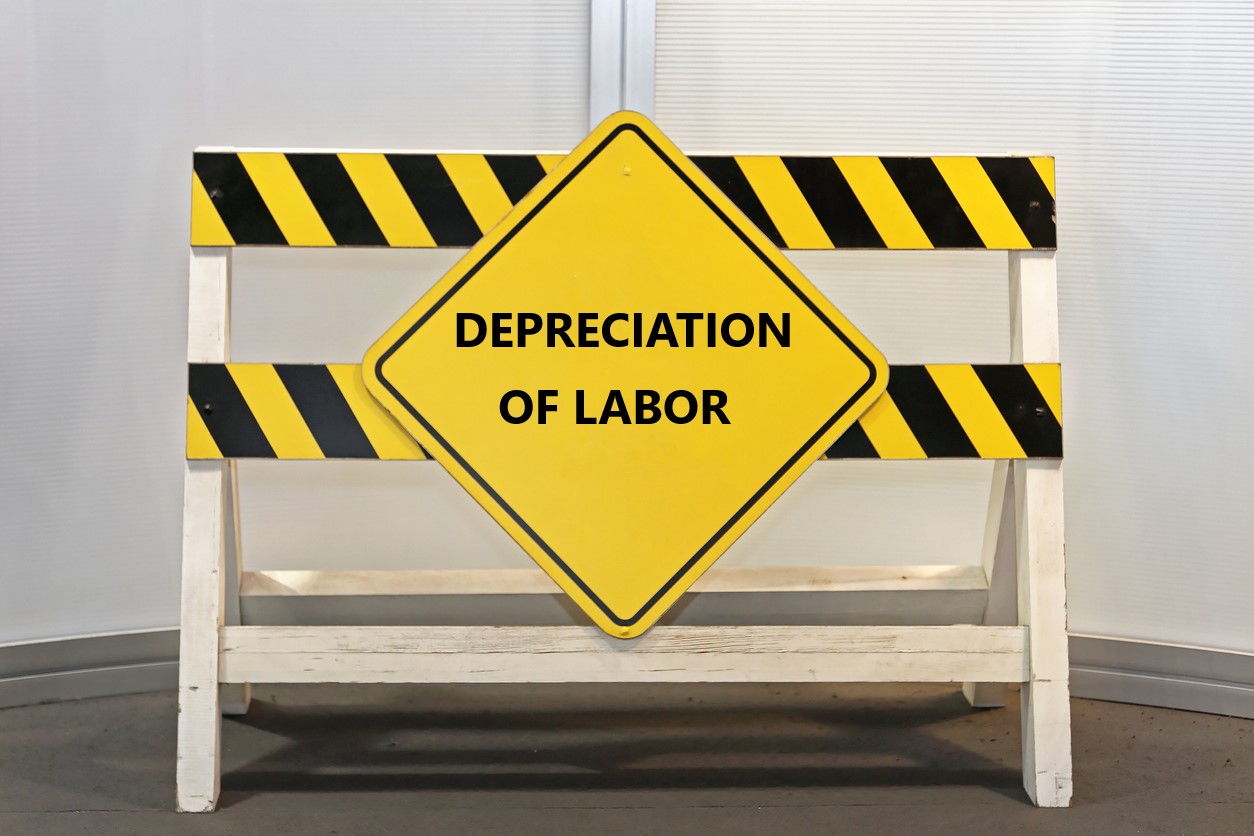Ever since we opened our Houston office in June 2008, I have been astounded by the nuances of Texas insurance law. Texas insurance law is just a little different than everywhere else which makes me find the subtle twists in it novel and fun. Yesterday’s post, Replacement Cost Implications by Replacing at Another Location: Answering the Question if You Have to Repair or Replace at the Same Premises to Obtain the Holdback of Full Replacement Cost Benefits, has a Texas twist when you consider Fitzhugh 25 Partners v. Kiln Syndicate KLN 501, 261 S.W. 3d 861 (Tex App. 2008).
The Texas decision follows the Davis case cited yesterday, but adds an important limitation to how the replacement can be made. The rule everybody should follow in Texas when replacing at a different location is as follows:
Under the policy, [the policyholder] was permitted to replace the apartments with different buildings at a different site as long as the new buildings were devoted to the same use. For example, it could have purchased or built a larger apartment complex at a different location. See Davis v. Allstate Ins. Co., 781 So.2d 1143, 1144-45 (Fla.Dist.Ct.App.2001). The amount of Fitzhugh’s recovery under the policy was limited to the cost of rebuilding similar or comparable buildings on the same site or the amount it actually spent to replace the property, whichever was less. See id.; see also Republic Underwriters Ins. Co. v. Mex-Tex, Inc., 150 S.W.3d 423, 425 (Tex.2004). For the replacement cost coverage to apply, however, [the policyholder] must have purchased or built a property that was functionally similar to the property that was destroyed. See S & S Tobacco & Candy Co., Inc. v. Greater New York Mut. Ins. Co., 224 Conn. 313, 617 A.2d 1388, 1390-91 (1992). If the new property is not functionally similar to the destroyed property, it is an unrelated expenditure and the destroyed property has not been "replaced."
How the Court got to this bottom line replacement cost rule only came about because the Texas policyholder did not replace the structure with a similar structure, but invested in property of a different use. The policyholder had damage to apartments, and invested in a partial ownership of industrial property.
The reasoning of the Court is important to understand how these cases are judicially viewed:
Unlike the act of giving an insurer notice of a claim or settling a claim without the insurer’s knowledge, the replacement of damaged property is an event that triggers coverage. It is the act of replacing the property that causes the insured to suffer an additional loss for which he purchased additional coverage. To allow an insured to recover replacement costs in the absence of actual replacement would permit the insured to recover for a loss he has not suffered. See Harrington, 645 N.Y.S.2d at 224 (reasonable to deny recovery of replacement costs where insured is not going to replace property as he would profit from his loss). Accordingly, we conclude that Fitzhugh was required to replace the damaged property as a condition precedent to its recovery under the policy and that its failure to do so negates its entitlement to recover replacement costs.
For those readers who remember my post, Do Not Take Depreciation to Determine Actual Cash Value of Partial Loss to Real Real Property in Texas, you may wonder why Texas Courts are so concerned about policyholders obtaining “profits” in total loss situations and not mentioning that concern in partial loss situations where the repairs are not made. I am smiling while writing this because I wonder what those judges would say if they thought about that situation and were forced to academically explain how total loss situations differ from partial loss situations. For me, policyholders are generally required to pay the premium based on values at current replacement cost construction prices and should generally get replacement cost benefits unless the policy clearly prevents the same.
Nevertheless, the Fitzhugh 25 Partners court significantly noted what the term “replacement” of a structure contemplated when it was a requirement to obtain replacement cost benefits:
The word "replacement" is not defined in the policy. We must, therefore, give the term its ordinary and generally accepted meaning…. Webster’s New International Dictionary defines "replacement" as a "substitution" or "a new fixed asset or portion of an asset that takes the place of a discarded one."… For something to be a "substitution" or "take the place of" the original, it must serve the same function as the original. The vast majority of cases that have examined this issue have concluded that the term "replacement" inherently contains the element of functional similarity. See, e.g., SR Int’l Bus. Ins. Co. Ltd. v. World Trade Ctr. Props., LLC, 445 F.Supp.2d 320, 334 (S.D.N.Y.2006) (for rebuilt property to be replacement there must be "functional similarity"); Harrington, 645 N.Y.S.2d at 226 (new structure did not "replace" insured’s home where insured did not live there); Conway v. Farmers Home Mut. Ins. Co., 26 Cal.App.4th 1185, 31 Cal.Rptr.2d 883 (1994) (term "replace" includes substituting an item that serves same function); Huggins, 423 So.2d at 150 (house was a "replacement" where it served same function as original). but see Ruter v. N.W. Fire & Marine Ins. Co., 72 N.J.Super. 467, 178 A.2d 640, 643 (1962) (replacement need not be identical to original or intended for same occupancy and use).
…
We note that Webster’s also defines the term "replacement cost" as "the current cost of replacing a fixed asset with a new one of equal effectiveness."
…
We agree with Fitzhugh’s contention that the policy’s limitation on recovery of replacement costs to "the cost of repair or replacement with similar materials on the same site and used for the same purpose" is merely a method of calculating damages and not a requirement that Fitzhugh replace the apartment complex with substantially identical buildings at the same physical location. We disagree, however, with Fitzhugh’s contention that it may spend the money it recovers under this measure of damages on anything it chooses. Such an interpretation reads the condition that the property be "replaced" out of the policy.
I am also smiling because while I write this post, I am reminded about what I wrote last week in Corban Part Three: A Win for Policyholders and a Decision Following Rossmiller’s Causation Analysis of the Anti-Concurrent Causation Clause:
I live in a world where words, and the subtle understanding of them, mean much financially to everybody involved, including myself. I personally had millions of dollars on the line advancing the costs of lawsuits in Mississippi. I was very much a partner with my clients advocating for coverage.
For all future clients of mine, I would ask that you keep the investment in the replacement property as close as you can to the use of the property that was damaged. I can only predict, not guarantee, what these judges will think is “justice” when I present your best case to them.



